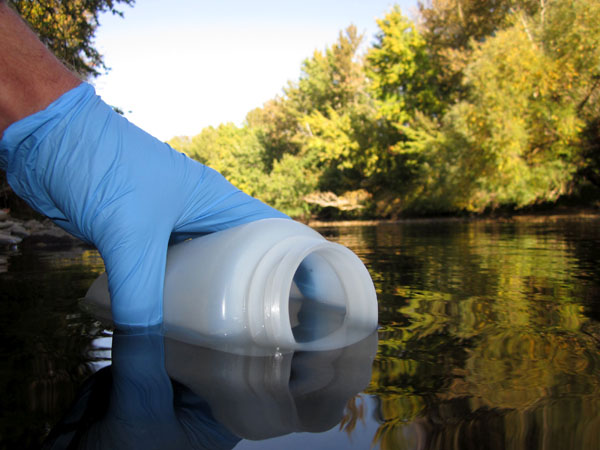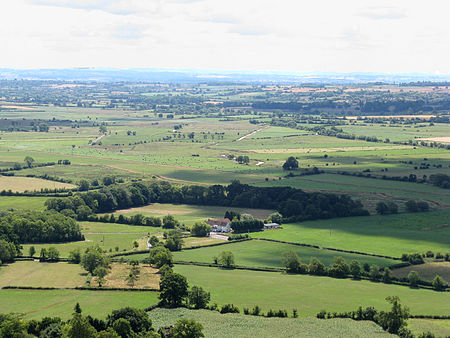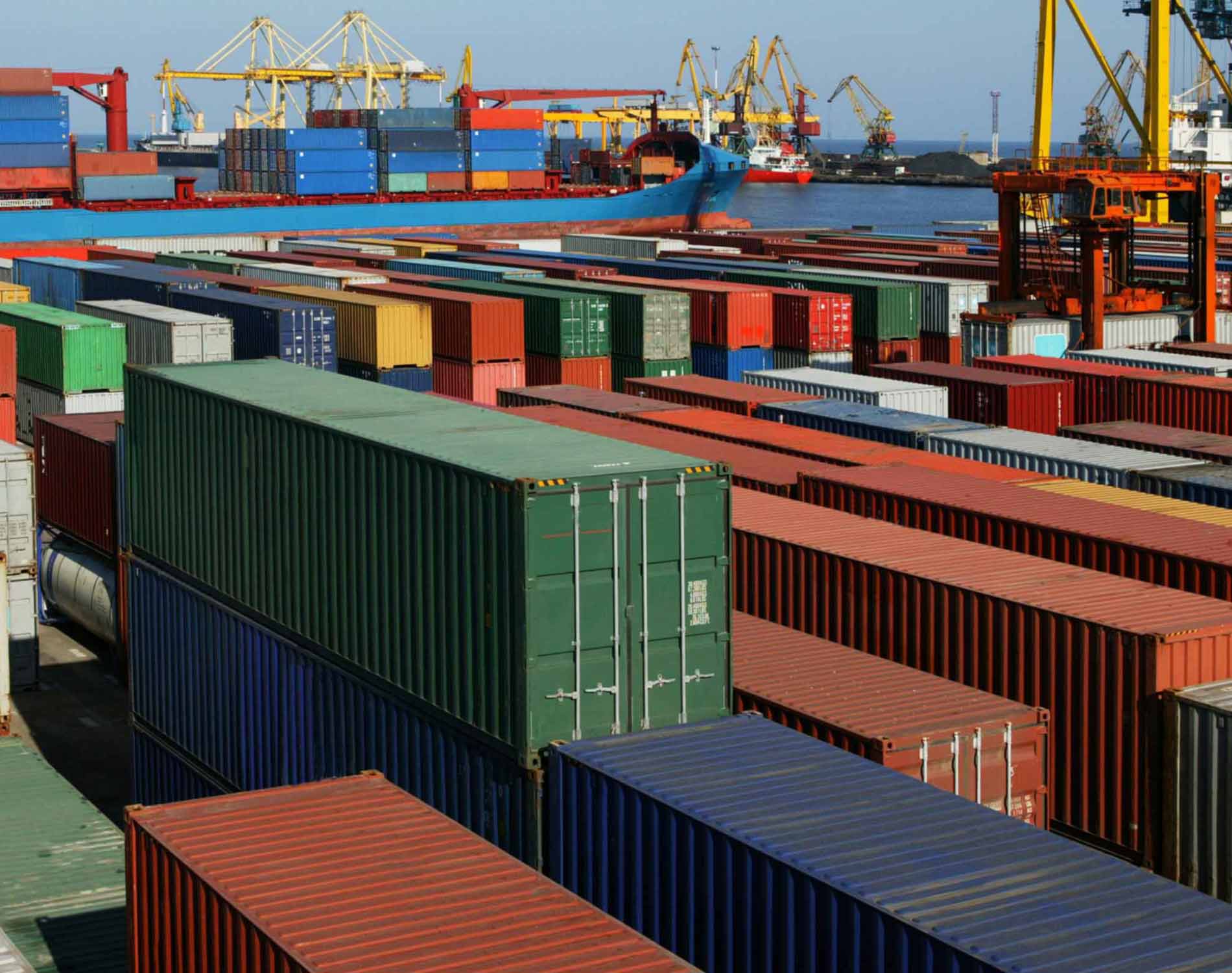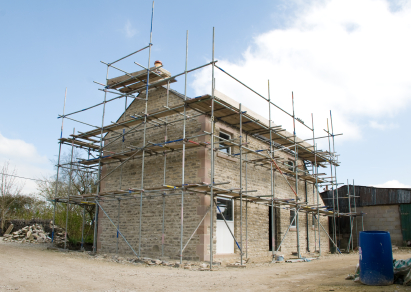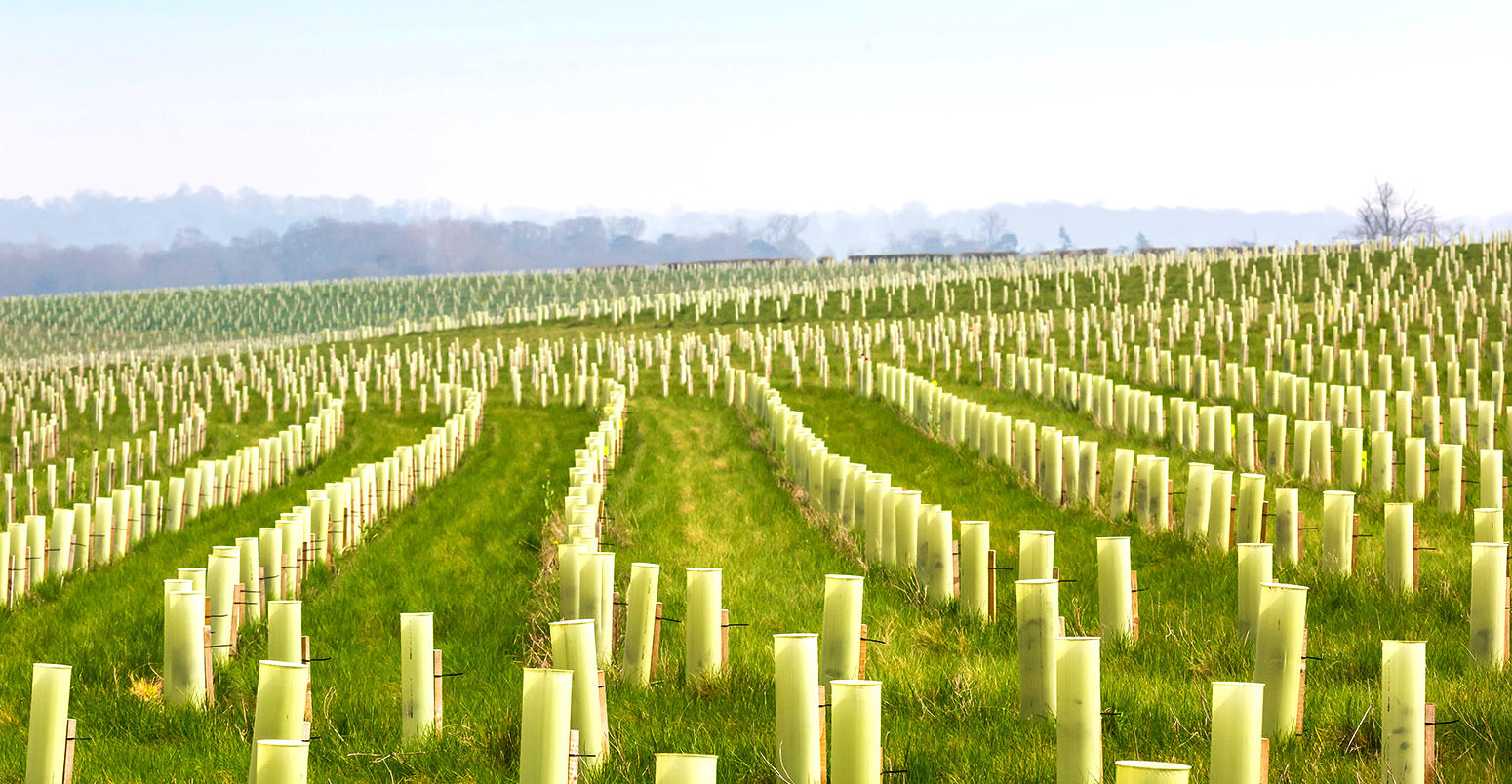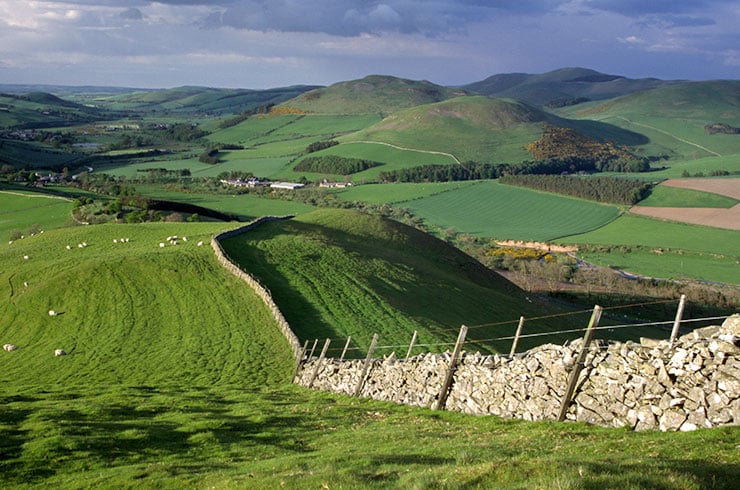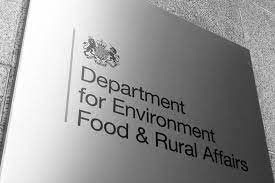Further to our article in December (see https://abcbooks.co.uk/nutrient-mitigation-scheme-2/) developers wanting to build new housing within the Tees catchment area can now apply to buy nutrient mitigation credits. This is the first scheme that is completely ‘up and running’; Defra and Natural England are working to provide similar projects in affected catchments across the country. Developers in the Tees catchment will need to calculate how many credits are required to mitigate the nutrient pollution caused by the proposed house building, using the Teesmouth nutrient budget calculator (version 2.2). These calculations are submitted as part of the Planning Application.
Applications for Nutrient Credits are made to Natural England. The window for the first round of applications is currently open and closes on April 30th. Further windows will open in July, October and January 2024. In the first round of applications, one credit will cost £1,825. The cost of credits may vary in future rounds and in different catchment areas (when they become available), depending on the mitigation projects. More information can be found via https://www.gov.uk/government/publications/natural-englands-nutrient-mitigation-scheme-for-developers/how-to-apply-for-nutrient-mitigation-credits-from-natural-england
Defra and Natural England have been working with partners, such as the Wildlife Trusts, in affected catchments to ‘identify and develop’ additional mitigation projects such as creating new woodland or wetland areas. These will then be used by Local Planning Authorities (LPAs) and developers to unlock the building of new homes across the country, whilst also contributing to nature recovery. Natural England is working with LPAs and other partners to identify opportunity and need in each catchment – it is recognised that the scheme will develop at different rates in different catchments, but could potentially be a further income stream for some landowners.
